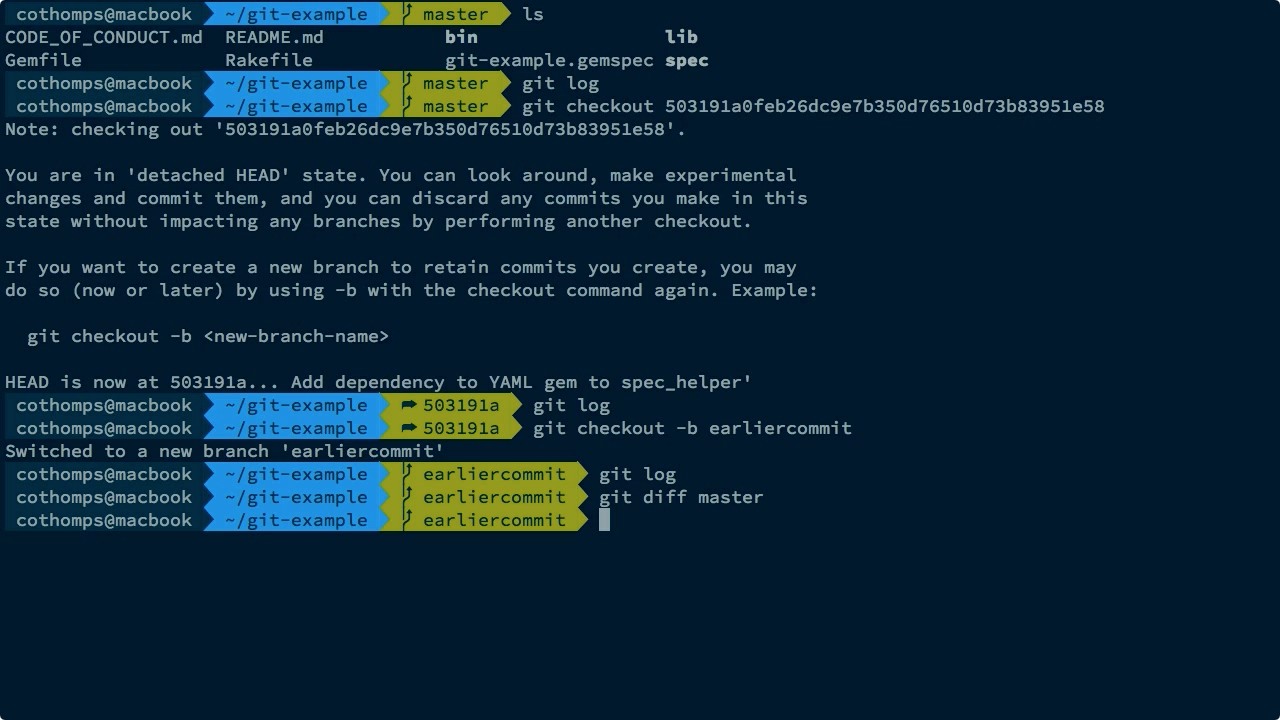
- #GIT CREATE BRANCH AND COMMIT INSTALL#
- #GIT CREATE BRANCH AND COMMIT CODE#
- #GIT CREATE BRANCH AND COMMIT DOWNLOAD#
When the remote repository changes, your local copy is behind. This is referred to as pushing to the remote, because you use the command Upload the changes to the remote repository on GitLab.Īfter you save a local copy of a repository and modify the files on your computer, you can upload theĬhanges to GitLab. You can then modify the files locally and
#GIT CREATE BRANCH AND COMMIT DOWNLOAD#
If you download it, you cannot sync the repository with theĬloning a repository is the same as downloading, except it preserves the Git connection To create a copy of a remote repository’s files on your computer, you can eitherĭownload or clone the repository. Then you can clone the repository to your local machine, work on the files, and submit changes back to the You can view the namespace in the URL, for example You now have your own copy of the repository. You then have write permissions to modify the project filesįor example, you can fork this project,, into your namespace. When you fork a repo, you create a copy of the project in your own When you want to contribute to someone else’s repository, you make a copy of it. In GitLab, a repository is contained in a project. Often, the word “repository” is shortened to “repo”. A local copy refers to the files on your computer.A remote repository refers to the files in GitLab.Store files in a folder or directory on your computer. In GitLab, files are stored in a repository. If you’re familiar with Git terminology, you might want to skip this section and

#GIT CREATE BRANCH AND COMMIT INSTALL#
To help you visualize what you’re doing locally, you can install a
#GIT CREATE BRANCH AND COMMIT CODE#



 0 kommentar(er)
0 kommentar(er)
